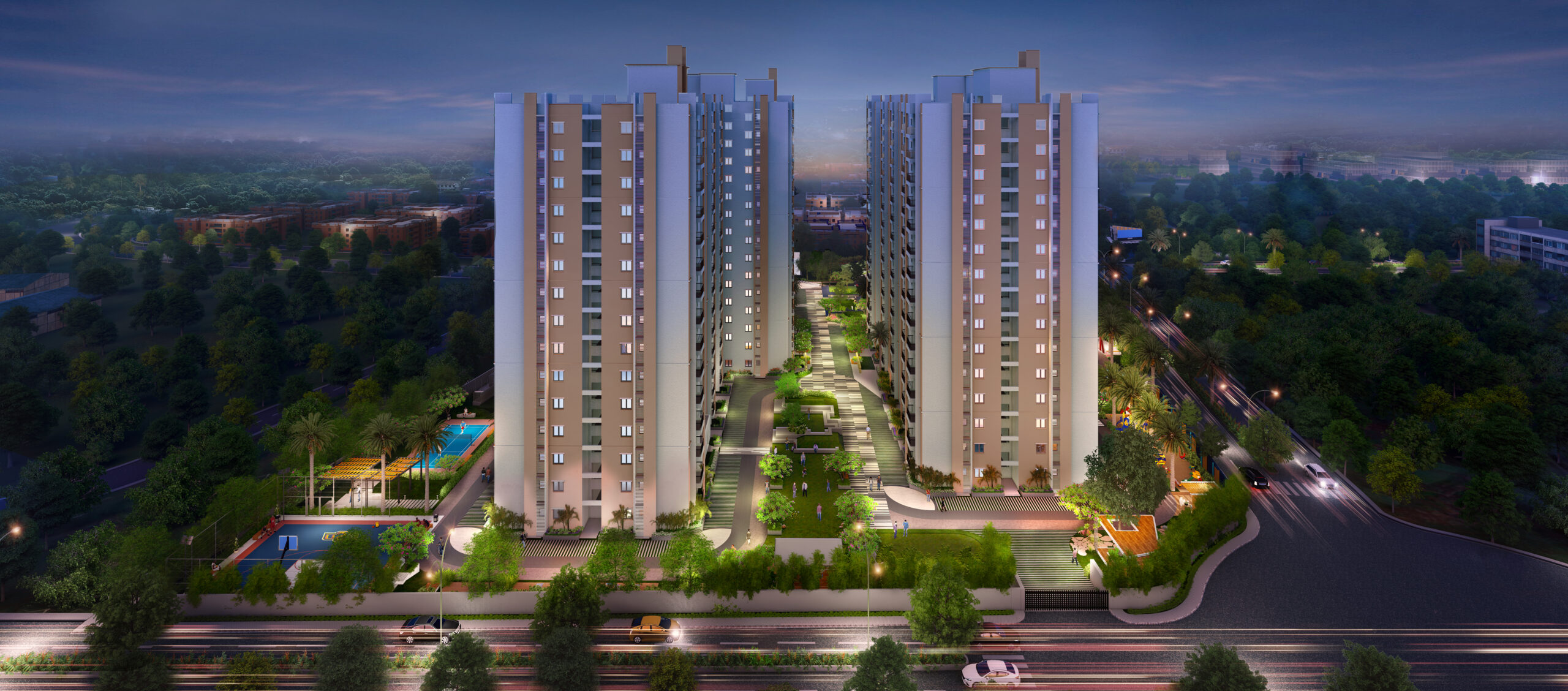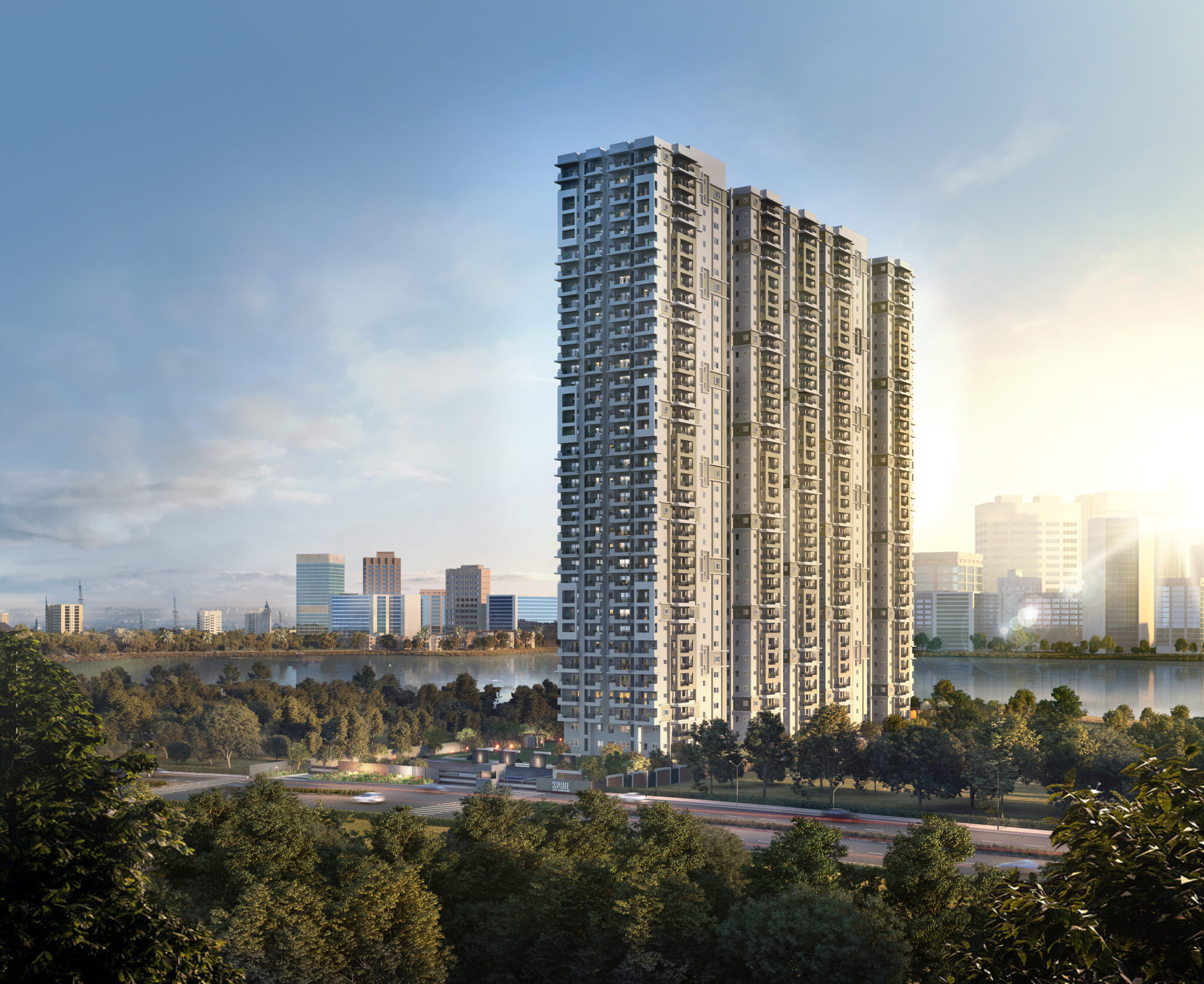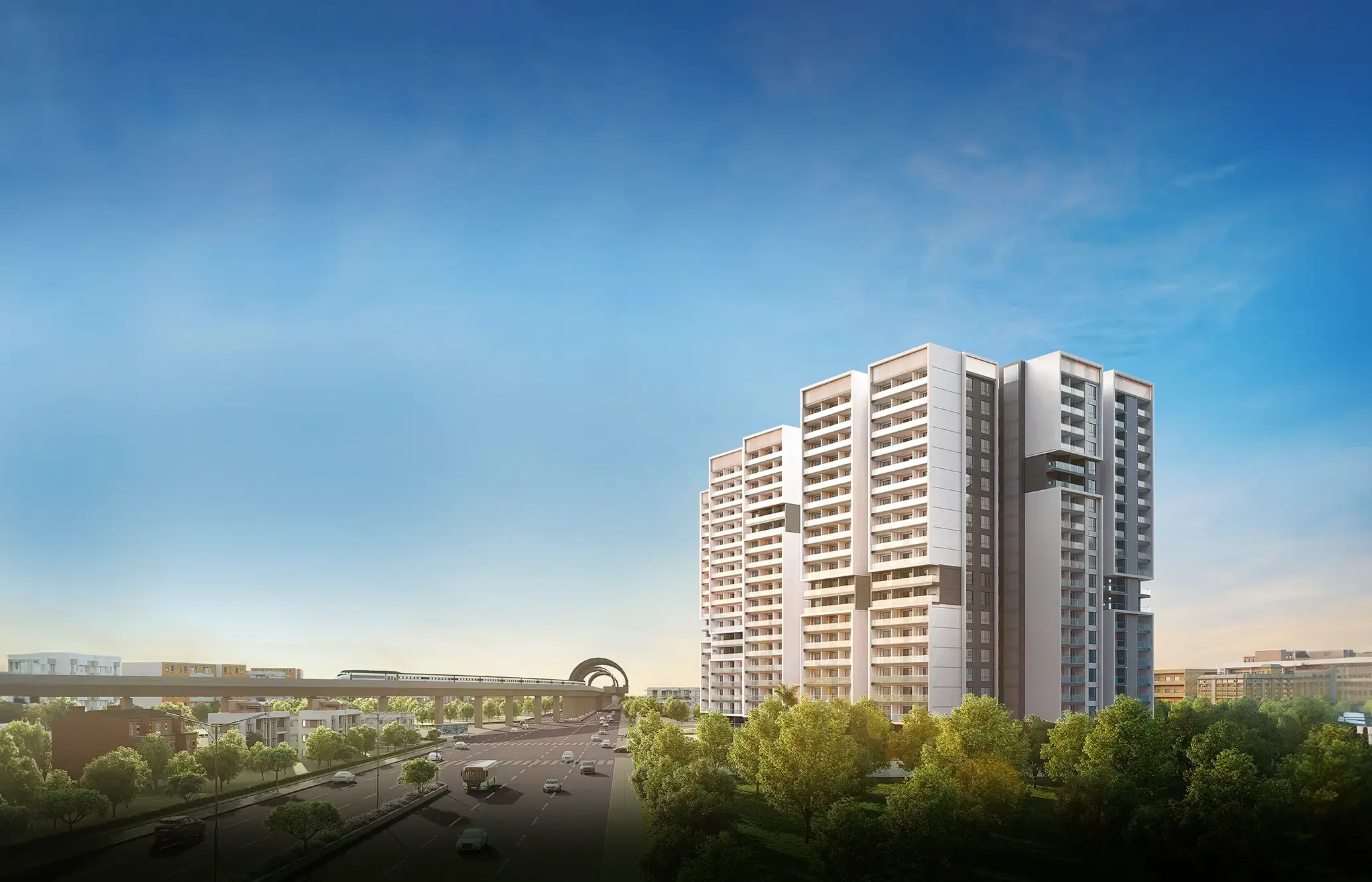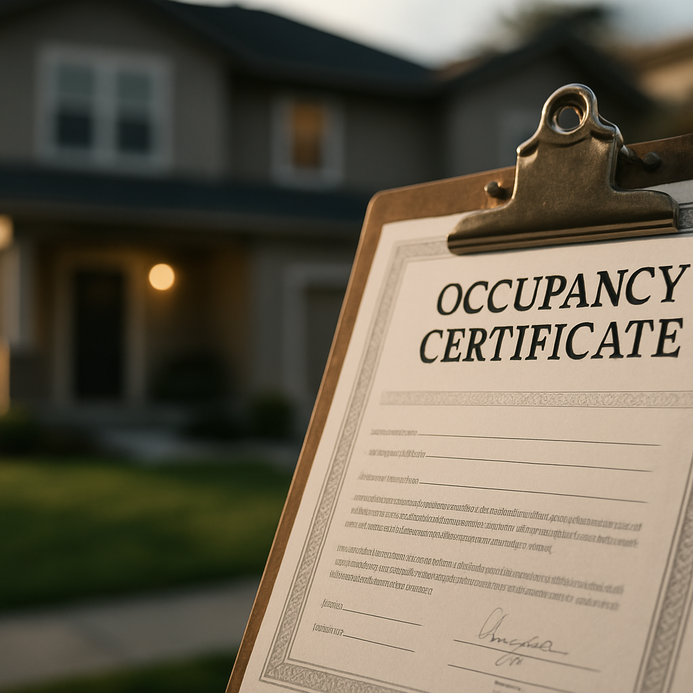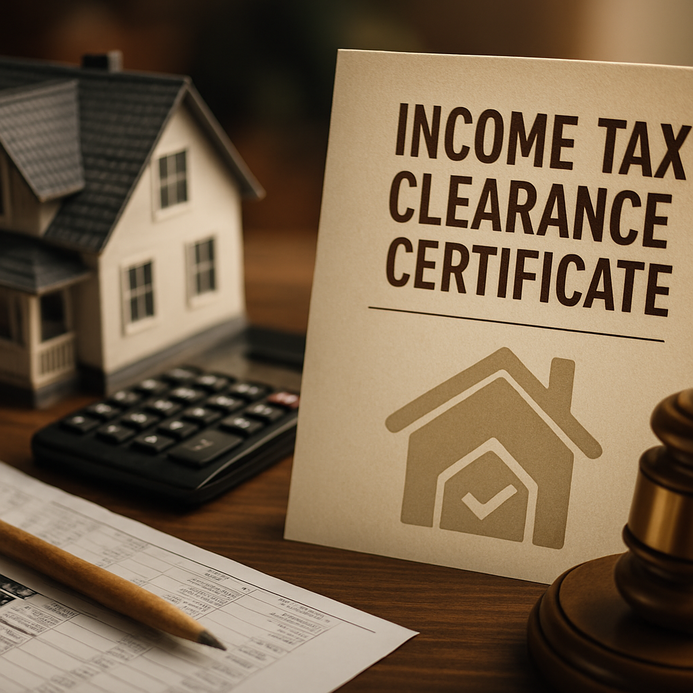How To Conduct Fair RWA Elections In Your Gated Community
Understanding the Importance of a Fair RWA Election
Resident Welfare Associations (RWAs) are the backbone of gated communities. They oversee essential day-to-day management tasks, from maintaining cleanliness in public spaces to effectively managing resources. A transparent election process is absolutely crucial; it preserves trust among residents and ensures that governance works effectively.
Residents are more likely to get involved in community affairs when they believe in a fair election process. Trust fosters participation, which cultivates a sense of belonging. This is significant when decisions arise concerning vital community issues like maintenance fees, security measures, or community events.
Here’s a summary of the benefits of fair RWA elections in gated communities:
| Benefit | Explanation |
| Transparency | Makes sure all election processes are open to scrutiny. |
| Accountability | Elected leaders are more likely to represent community interests. |
| Community Engagement | Encourages residents to participate in discussions. |
| Conflict Resolution | Trustworthy elections help mitigate disputes. |
| Informed Decisions | Better decision-making stems from informed votes. |
Although gated communities provide excellent services, they also come with responsibilities. A transparent electoral process ensures that resources align with actual community needs, boosting everyone’s quality of life. It is true that engaged RWAs lead to improved safety and amenities. In conclusion, adhering to democratic principles in RWA elections promotes healthier, more engaged communities.
Appointing an Election Officer: The First Step to Transparency
Choosing the right election officer for your gated community is a crucial step. This person will oversee the entire election process and ensure that community rules are followed, making the voting process seamless and transparent. But how do you identify the right candidate?
Criteria for Selection
1. Neutrality: Select someone without personal stakes in the election outcome. They should command respect from all community members.
2. Experience: Previous experience in managing elections or community projects adds value, this person should be prepared to navigate any bumps in the road!
3. Communication Skills: The officer must articulate election procedures clearly so everyone understands.
4. Impartial Judgment: It’s crucial for handling grievances effectively.
Selection Process
1. Community Nomination: Encourage residents to suggest candidates who fit the criteria, thereby promoting transparency.
2. Voting Mechanism: After nominations, hold a vote to elect the officer.
3. Confirmation of Duties: Ensure that everyone is aware of the officer’s responsibilities.
Timeline
| Task | Deadline |
| Nomination Submission | 1 week |
| Community Voting | 1 week |
| Announcement of Election Officer | 2 days after voting |
By adhering to these standards, the community builds trust and keeps residents engaged while ensuring a straightforward election process.
Setting the Election Schedule: Timing is Key
Creating a detailed election calendar for your Residents’ Welfare Association (RWA) is where clarity meets involvement. It’s essential to set it up correctly so that everyone knows what to expect. Here’s a quick guide on plotting out your election schedule:
1. Determine Election Date: Choose a weekend to maximize voter turnout.
2. Voter Registration:
– Start Date: Open voter registration a month before the election.
– End Date: Close registration at least a week before the election. Use flyers and community meetings for awareness.
3. Nominations:
– Nomination Period: Start nominations right after voter registration, lasting one week. Allow online submissions to keep it transparent.
4. Campaigning:
– Duration: Candidates should have one week to campaign, with community meet-ups organized to introduce them.
5. Polling:
– Poll Date: Make sure polling day is communicated at least two weeks in advance.
– Clearly communicate polling hours (e.g., from 9 AM to 5 PM).
6. Counting and Results:
– Count votes immediately after polls close and announce results within 24 hours, this is transparency in action.
| Key Event | Timing |
| Election Date | [Insert Date] |
| Voter Registration | 1 Month before – 1 Week before |
| Nominations | 1 Week after registration |
| Campaigning | 1 Week before election |
| Polling | [Insert Election Date] |
| Results Announcement | Within 24 hours post-polling |
This timeline serves as your guide to a more efficient electoral process. Keeping residents informed regularly fosters transparency and encourages participation. For additional tips on gated communities, explore Gated Community Meaning.
Managing Nominations and Voter Lists: Building an Inclusive Process
Launching a fair election in your gated community begins with managing nominations and creating an accurate voter list. Inclusivity ensures that every voice is heard, enhancing equity and community spirit.
Candidate Nominations
1. Eligibility Criteria: Clearly outline who can run for election based on age, residency, and involvement in community activities.
2. Submission Process: Make it easy for residents to submit nominations via an online form or a drop-off location. It’s essential to collect information about the nominees’ intentions and qualifications.
3. Promotion: Use newsletters and social media platforms to spread the word about nominations.
Voter Lists
1. Comprehensive Data Collection: Ensure the voter list is inclusive of all eligible residents. A simple form requesting name and address will suffice.
2. Verification Process: Cross-reference the list with residency records to resolve any discrepancies.
3. Accessibility: Publish the voter list in common areas or share it via community platforms to ensure visibility.
Transparent Polling & Declaring Results: Best Practices
Polling transparency is essential, not just a formality, but crucial for building trust and ensuring fairness. Here are some best practices for conducting both online and in-person votes.
Preparatory Steps for Polling
1. Define Roles Clearly: Assign specific, clear roles to committee members to enhance accountability.
2. Voting Methods: Incorporate a mix of online platforms and physical ballots to facilitate voter participation.
3. Voter Education: Inform residents about the voting process through newsletters or community meetings.
Conducting the Poll
– Monitor Voting: Bring in independent observers to ensure integrity and deter any irregularities.
– Secure Ballots: For in-person voting, ensure that ballot boxes are tamper-proof.
Announcing Results
1. Validation: Validate results with independent third parties to boost credibility.
2. Public Disclosure: Share results promptly through community boards, newsletters, or websites—transparency is vital.
3. Feedback Mechanism: Encourage feedback to improve future elections.
Results Declaration
Document the results formally and ensure widespread access for all community members. Trust me, it’s worth the effort.
| Polling Method | Benefits | Considerations |
| Digital Polling | Convenient, quick results | Security and tech access issues |
| In-Person Voting | Ensures engagement | Requires physical setups |
| Independent Oversight | Boosts credibility | Requires trained personnel |
By implementing these best practices, you can significantly enhance the fairness and transparency of elections within gated communities.
FAQ
1. Why are fair RWA elections important?
Fair RWA elections ensure transparency, accountability, and trust among residents, promoting community engagement and informed decision-making.
2. What role does the election officer play?
The election officer oversees the election process, ensuring that community rules are upheld and voting is conducted fairly.
3. How can we encourage community participation in elections?
Community participation can be boosted by creating a transparent process, providing clear information, and facilitating open discussions.
4. What should be included in the voter list?
The voter list should include names, apartment numbers, contact information, and verification statuses of eligible voters.
5. How can we ensure polling transparency?
Polling transparency can be ensured through independent oversight, clear roles, secure voting methods, and quick public disclosure of results.
